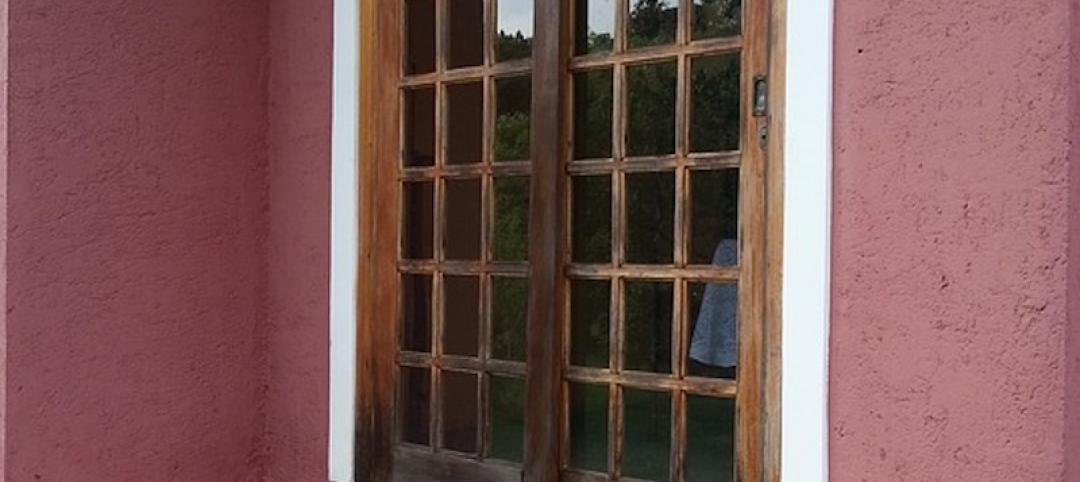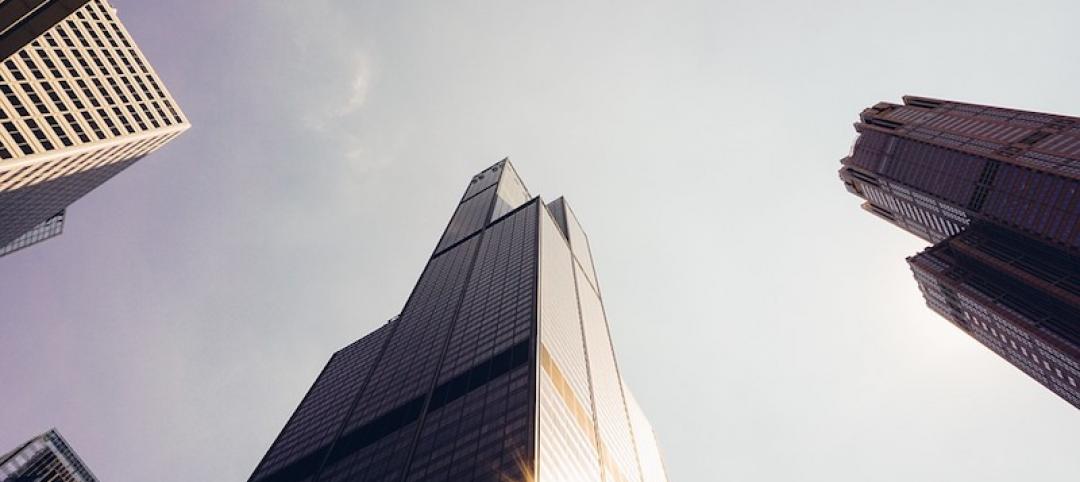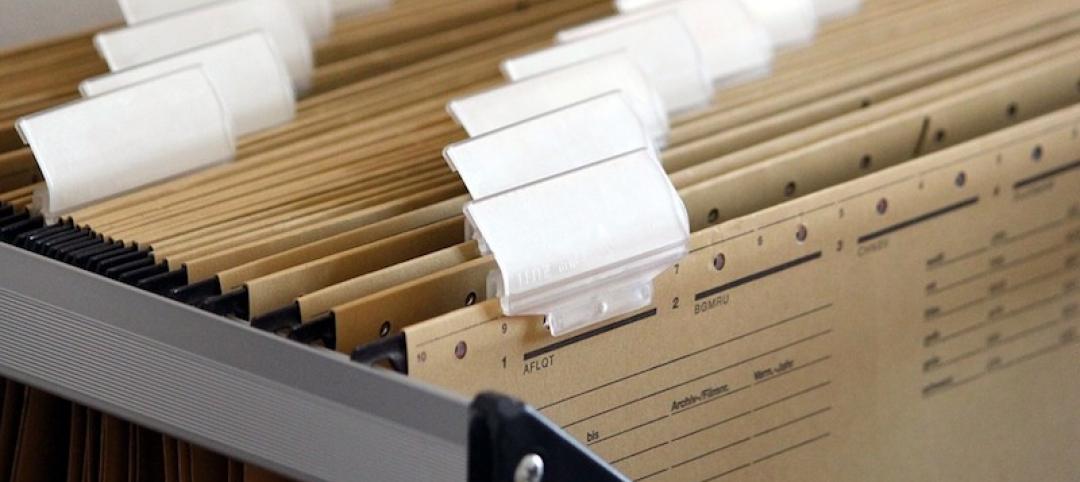Heat waves are the nation’s deadliest weather hazard, accounting for one-fifth of all deaths caused by natural hazards in the U.S.
Low-income people in urban areas tend to be most vulnerable to extreme heat. These neighborhoods often have a lot of hardscape that absorbs solar radiation during the day, without many parks or trees to mitigate this effect. Some of the poorest residents do not have air conditioning. Businesses in vulnerable neighborhoods use more energy than enterprises in more affluent areas because of higher temperatures.
So, green roofs that help cool buildings and green infrastructure could be most impactful in low-income areas of cities. Other options such as vertical gardens on a building’s exterior and white rooftops can help moderate urban temperatures, cut utility bills, and improve quality of life.
Researchers from the University of Notre Dame team identified Chicago neighborhoods that had the most to gain from green roofs by figuring out which ones had the most heat vulnerability, the greatest potential reductions in rooftop temperatures, and used the most electricity for cooling. Researchers also designed steps for urban planners to set priorities for a public effort to install green roofs.
Related Stories
Codes and Standards | Dec 4, 2018
Action on building codes would spur low-carbon cities
Faster retrofit cycles, increased energy-efficiency requirements for existing buildings needed.
Codes and Standards | Nov 30, 2018
Best solution to prevent California wildfire disasters: Stop building in places likely to burn
Approach would be unpopular as people attracted to stunning wooded landscapes.
Codes and Standards | Nov 29, 2018
USGBC and BRE form partnership
Two green standards groups will collaborate on standards, platforms, and research.
Codes and Standards | Nov 29, 2018
Parking garages in N.Y. State will have to be inspected every three years
Professional engineer must assess conditions.
Codes and Standards | Nov 28, 2018
To build water-efficient cities, water managers and urban planners must coordinate better
Lack of time and resources, and practitioners not in habit of working together hamper efforts.
Codes and Standards | Nov 27, 2018
AAMA updates specification for roller assemblies in sliding doors, and lift and slide doors
Last update was in 2015.
Codes and Standards | Nov 26, 2018
All LEED-certified buildings eligible for LEED recertification
Projects must submit 12 months of data demonstrating continued or improved performance.
Codes and Standards | Nov 20, 2018
OSHA publishes updates to crane operator certification requirements
Long-delayed rules accept certifications by type or type and capacity.
Codes and Standards | Nov 19, 2018
Guide offers understanding of elements that create successful multi-floor communal spaces
CTBUH technical document analyzes how to approach tall urban habitat.
Codes and Standards | Nov 16, 2018
2018 International Green Construction Code released
Updated version helps governments streamline code development and adoption.

















